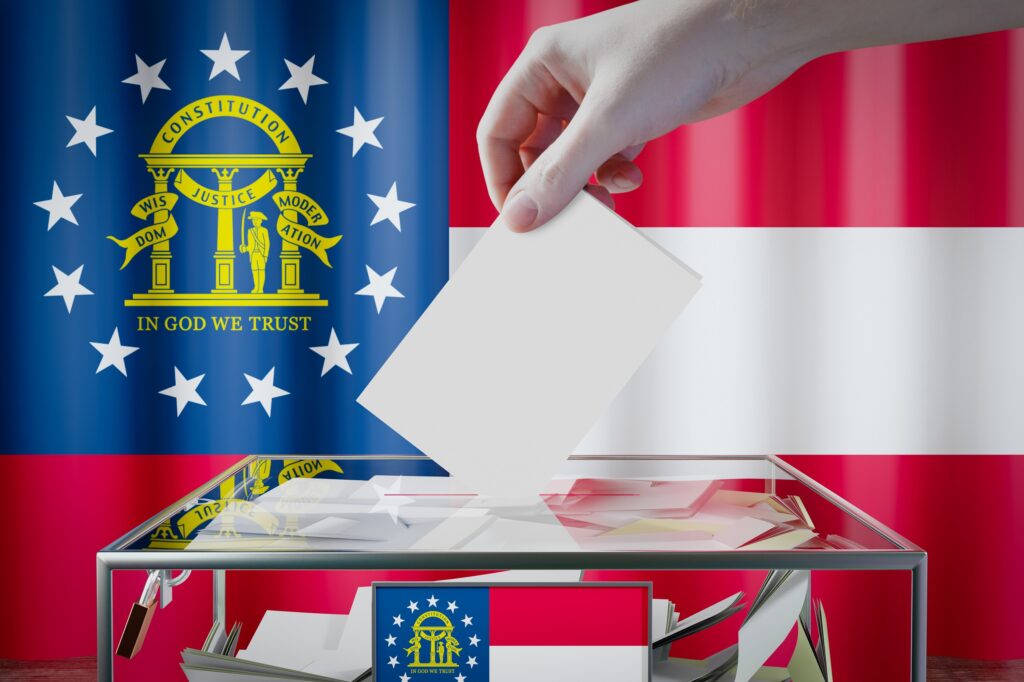Another Bad Idea: Fannie and Freddie as Utilities
In March 2020, the Center for Responsible Lending published a paper by Eric Stein and Bob Ryan urging that a utility approach to regulation of the GSEs be implemented post-conservatorship, which they asserted was essentially how they were being regulated in conservatorship. In December, 2020 the National Association of Realtors in a paper by Richard Cooperstein, Ken Fears, and Susan Wachter, reiterated and updated their earlier position that made the public utility model the centerpiece of their “enduring vision of housing finance reform.” They recommend that the GSEs should be prevented from excessive competition for market share in good times and from hiking fees in bad times to an extent that would undermine their public missions. In January 2021, the former CEO of Freddie Mac, Don Layton, now at the Harvard Joint Center for Housing Studies, continued to argue for utility style regulation of GSE guarantee fees, the amount they change lenders for assuming mortgage credit risk.
Also in January 2021, the Treasury Department released a blueprint for GSE reform that called for continued regulatory oversight of GSE pricing post-conservatorship in a way that would simultaneously protect the safety and soundness of the GSEs while seeking to channel the benefits of federal support to homebuyers and renters rather than shareholders and managers. The blueprint builds on its earlier housing reform plan that appeared to endorse giving greatly enhanced regulatory authorities, such as a utility regulator might have, to the Federal Housing Finance Agency (FHFA) with regard to permissible activities and products. And in February 2021, the Brookings institution published a paper by Michael Calhoun (president of the Center for Responsible Lending) and Lewis Ranieri calling for utility oversight focusing on increased transfers to affordable housing and racial equity programs. These proposals build on previous ideas going back more than 20 years, but are now achieving greater visibility and wider mention.
These encomiums ignore the all too foreseeable consequences of a public utility structure, especially when applied to these national financial giants that have little in common with a local water company. The combination of political clout and a greatly expanded cookie jar of fees and cross subsidies would repeat, and in some respects worsen, the ills of the GSE structure that failed so spectacularly in 2008. Their insolvencies were critical precipitating events of the financial chaos in the fall of that year. In the early post-crisis years, there was general agreement that reliance on these giant institutions as the foundation of that market had revealed manifold problems that required a major change in approach. Fannie and Freddie:
- Were intended for public purposes, but controlled by private investors; they earned outsized returns for their owners during most of their existence, but in 2008 needed massive taxpayer bailouts exceeding all their previous profits;
- Used the advantages of their special status to expand their franchises into new activities, crowd out competitors, and dominate less favored firms;
- Concentrated mortgage risks in two entities with extraordinary leverage;
- In response to congressional low-income affordable housing mandates, used a portion of the subsidy provided by the taxpayer’s implicit guarantee to increase debt, and subsidize the cost of that debt, rather than making homes more affordable and building wealth for low-income buyers.
- Failed to durably raise homeownership rates, but did contribute to significantly bigger houses for the all classes of homebuyers; and
- Wielded powerful economic and political clout to bully customers, suppliers, regulators, executive branch agencies, and Congress for their own benefit.
Please click here to view the PDF









